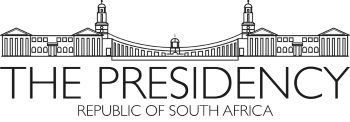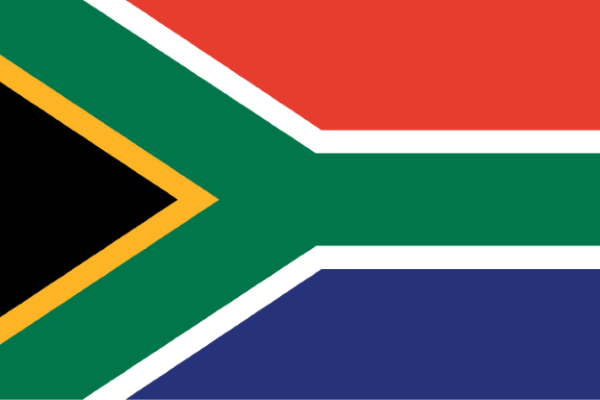The Order of Ikhamanga in Silver

Peter Henry Abrahams (1919 – ) Awarded for:
His excellent contribution to the development of South African literature.
Profile of Peter Henry Abrahams
Peter Henry Abrahams, one of South Africa’s most prolific and path-setting authors, was born in 1919 in the historic inner city locality of Vrededorp in Johannesburg.
The son of James Henry Abrahams, an Ethiopian, and Angelina Du Plessis who was of African-French origin, Abrahams’ life was consumed by the issues of race in colonial and apartheid South Africa – issues that formed the primary theme of his works.
Following the early death of his father, Abrahams had no choice but to begin a life of work before that of school. By the age of 10, as he graphically relates in his autobiography Tell Freedom (1954), he had sold firewood, cleaned hotel rooms and worked for a tinsmith.
Abrahams responded to his calling as a writer at a young age, penning his first story, a western, at age 11. It was inspired, like his writing in the years to come, by the currents of his formative environment: in this instance, the local culture of the bioscope that provided the heroes and narratives for his first story.
With the support of a scholarship, Abrahams attended St Peter’s College in Johannesburg and the Teachers’ Training College in Pietersburg. He edited the college magazine and began writing for Bantu World, impacting on the 1930s community of black writers.
His work was noted abroad too and in 1938, a British newspaper featured him as the “Coloured Boy Poet”.
Abrahams graduated in 1938 and went on to teach in Cape Town for a year before undertaking a brief stint as a magazine editor in Durban.
Increasingly frustrated by the race and ideological prejudices affecting his life and career, Abrahams left South Africa in 1939, taking a job as a stoker on a merchant marine ship for two years before finally disembarking in England.
In England, he became a regular contributor to the Daily Worker, a Communist paper, and married his first wife, Dorothy Pennington. He soon devoted himself to writing about the dynamics of race in South Africa, challenging both white and black.
Once his literary career began with Dark Testament in 1942, Abrahams established himself as a prolific writer and became the first black South African to publish a novel in English since Solomon Plaatje’s Mhudi in 1930.
Among many of his novels that were to follow are: Mine Boy (1946), The Path of Thunder, 1948 and Wild Conquest, 1950.
In 1952, Abrahams returned to South Africa and Kenya as a newspaper correspondent for London’s Observer and the New York Herald Tribune. From his travels grew 1953’s Return to Goli, a powerful commentary on race relations. This was followed by his 1954 autobio-graphy Tell Freedom, which covered the first 20 years of his life.
In 1955, Abrahams was hired to write a book about Jamaica for the British Government for its Corona Library series. During the course of researching the book, Jamaica: An Island Mosaic, Abrahams fell in love with the country and in 1956, he and his family relocated there. In Jamaica, he worked as a news commentator for Radio Jamaica and held the post of editor of the Jamaica-based West Indian Economist.
In 1966, he wrote his first novel not set in South Africa, This Island Now, in which Abrahams explores the role of history and race in the politics of a fictional Caribbean island. Following its publication, Abrahams did not produce another novel for 19 years.
Abrahams returned to literary attention with his 1985 historical novel The View from Coyaba, which follows four generations of a Jamaican family and the ongoing struggle for black autonomy.
Bountifully gifted, Peter Henry Abrahams has contributed hugely to the development of literature in South Africa. Despite the disadvantages of apartheid, he became one of the most prolific and thought-provoking writers in the country.
Abrahams lives in Jamaica, but his spiritual home is South Africa.




